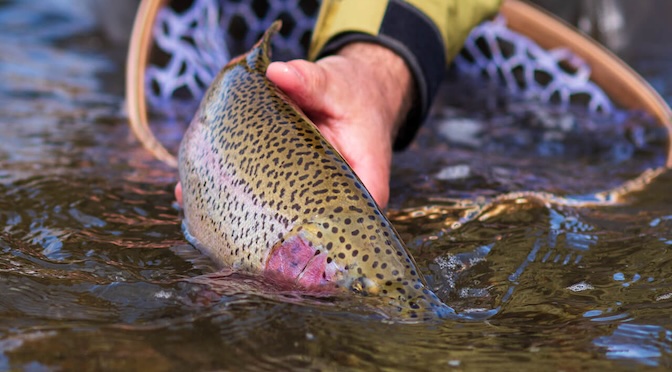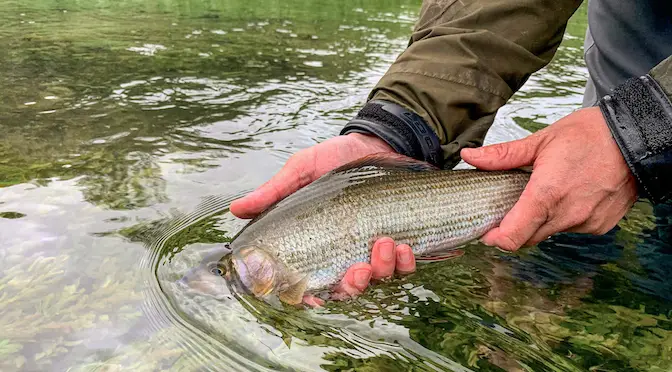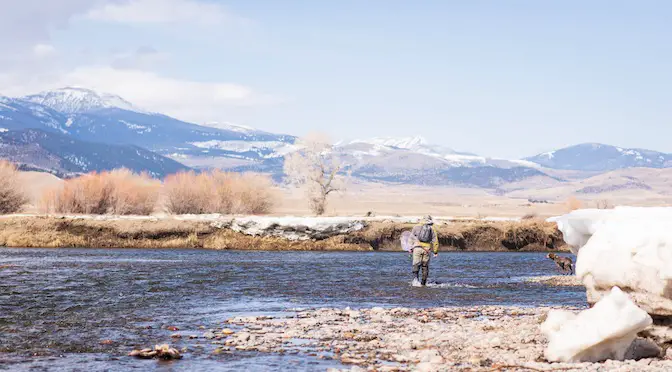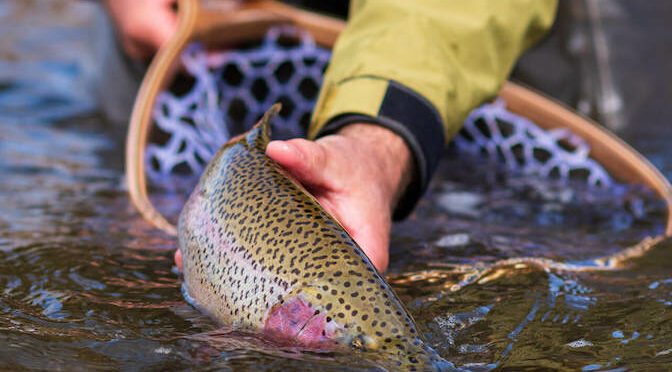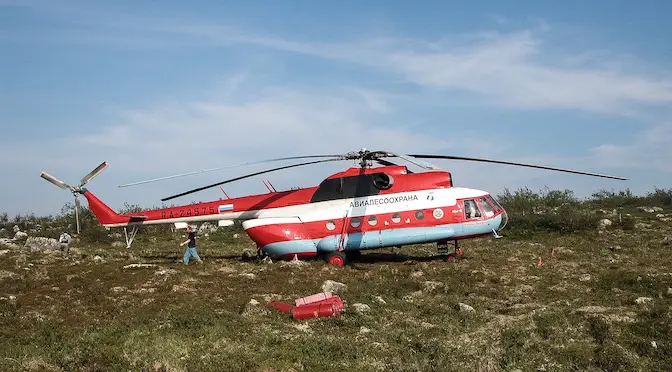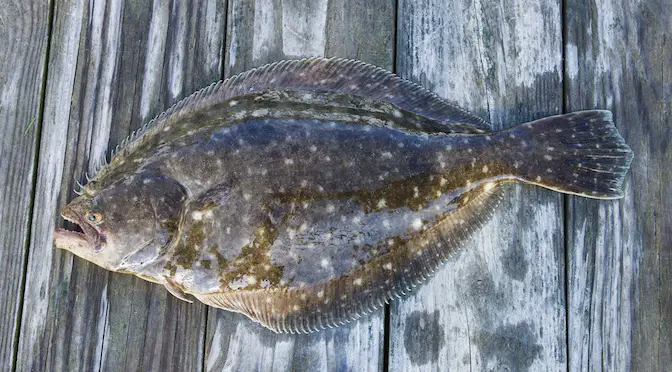- Wading Wisdom #13 – Simon Gawesworth - July 7, 2025
- On the Water with the Korkers Bantam Lite - June 26, 2025
- How to Find Trout in Rivers & Streams Anywhere - June 13, 2025
So, you’ve got your fly rod sorted, you’ve picked out the perfect flies, and now it’s time to tackle the world of fly reels.
But wait, why are there so many different sizes? What’s the deal with all those numbers and letters? Fear not, fellow angler, for we’re diving deep into the world of fly reel sizes, demystifying the numbers, and uncovering the best use cases for each size.
Deciphering the Numbers and Letters
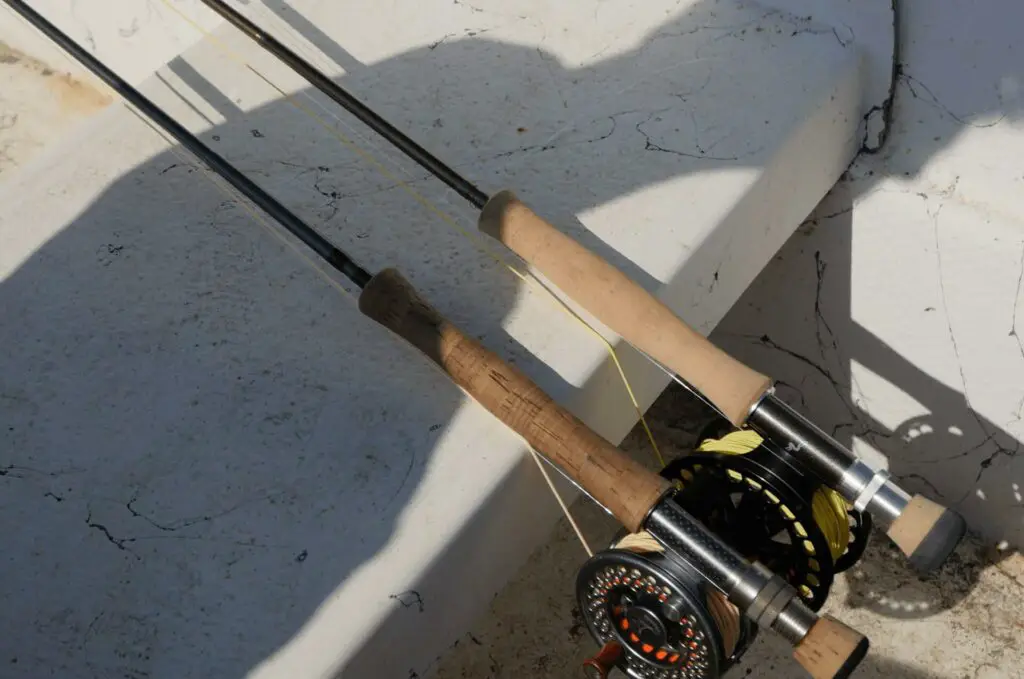
Before we delve into the nitty-gritty of fly fishing reel sizes, let’s decode the cryptic numbers and letters manufacturers use to label their reels. Typically, fly reel sizes are denoted by a number followed by a letter, such as 3/4, 5/6, or 7/8. The first number represents the weight of the fly line the reel is designed to accommodate, while the second number indicates the capacity of the backing the reel can hold.
For example, a 5/6 reel is designed to balance with a 5 or 6 weight fly rod and can hold enough backing suitable for typical fishing situations.
Small Reels (1/2, 3/4)
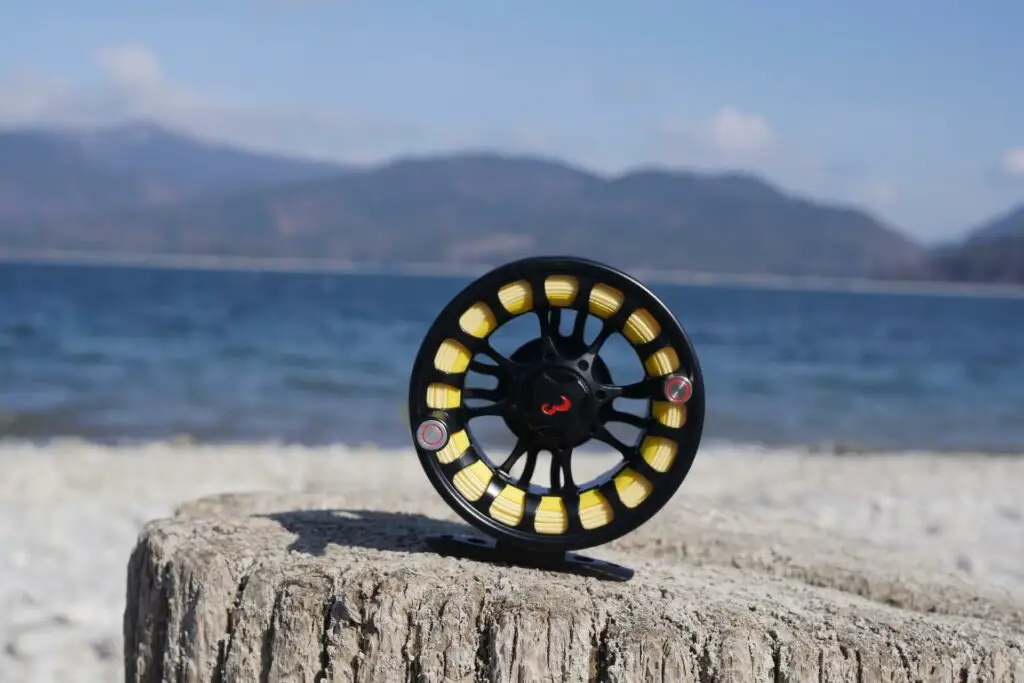
Small fly reels, such as those labeled 1/2 or 3/4, are designed for ultra-light setups. These reels are perfect for small streams, delicate presentations, and targeting smaller fish species like trout or panfish. They pair well with lightweight fly rods, typically in the 1 to 4 weight range. If you’re planning a day on a meandering brook or a mountain stream, a small reel like this will serve you well.
Medium Reels (5/6, 7/8)
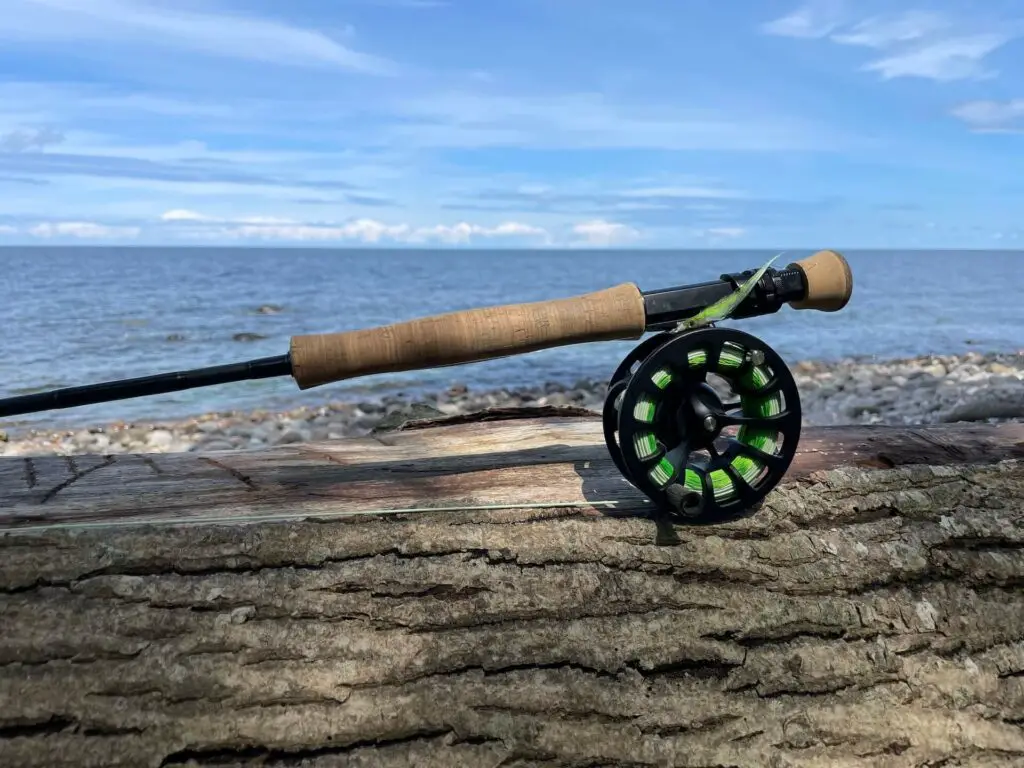
Medium-sized fly reels, like the 5/6 or 7/8, are the workhorses of the fly fishing world. These reels offer a balance of line capacity, weight, and versatility, making them suitable for a wide range of fishing scenarios. Whether you’re casting dry flies on a river, nymphing in a deep pool, or battling feisty bass in a lake, a medium-sized reel can handle the job. They pair nicely with mid-weight fly rods, typically in the 4 to 8 weight range, and are ideal for most freshwater fishing applications or lighter saltwater use. They can also work well on lighter double-handed rods in the #7/8 range for example for steelhead or smaller Atlantic salmon.
Large Reels (9/10, 11/12)
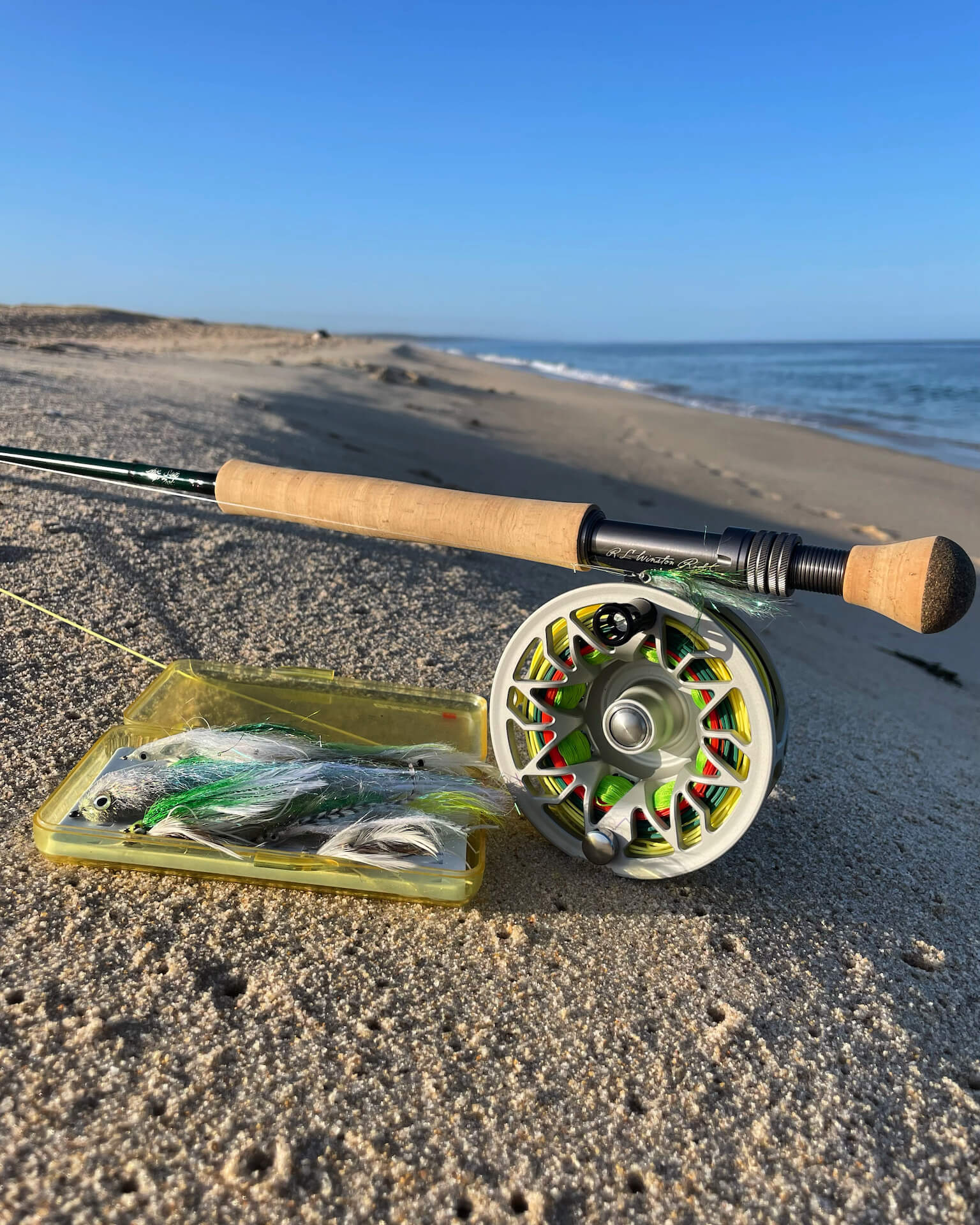
Large fly reels, such as those labeled 9/10 or 11/12, are designed for tackling big fish and demanding conditions. These reels offer ample line capacity and drag strength, making them suitable for saltwater fishing, large rivers, and targeting powerful species like salmon, steelhead, or saltwater gamefish. Paired with heavy-duty fly rods in the 8 to 12 weight range, large reels provide the backbone needed to handle trophy fish in challenging environments.
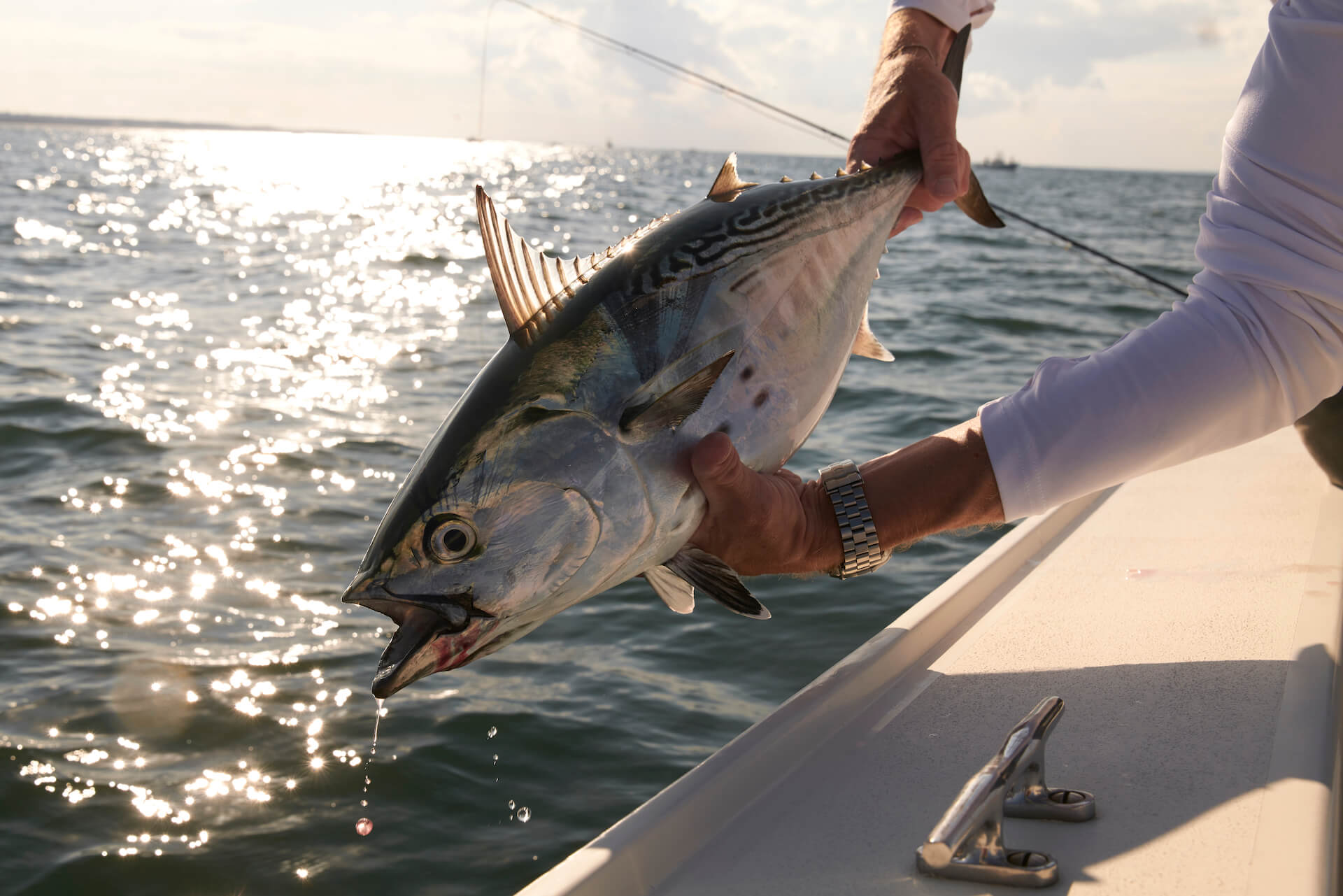
Conclusion
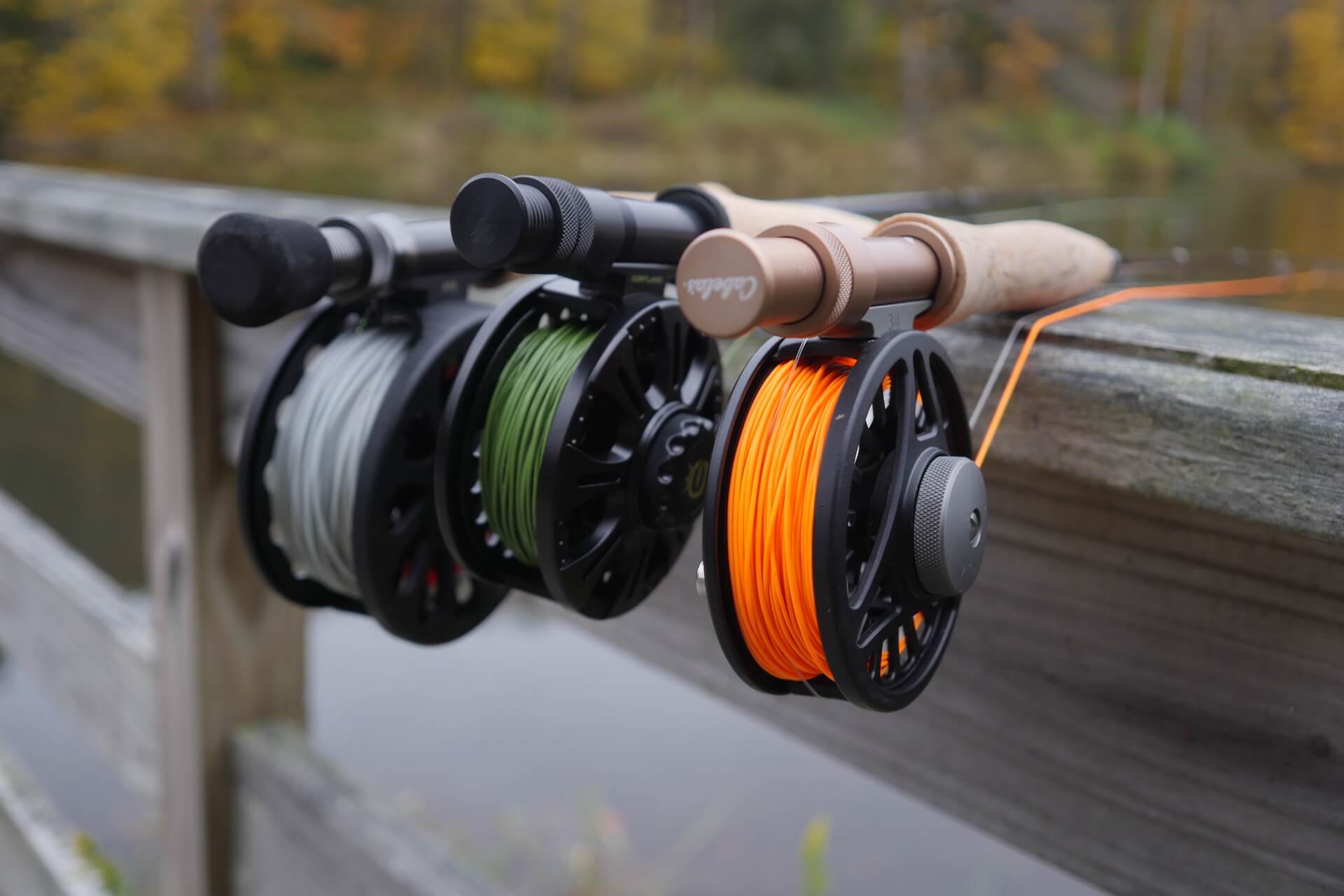
In conclusion, understanding fly reel sizes is essential for selecting the right gear for your fishing adventures. From small streams to saltwater flats, there’s a reel size to match every angler’s needs. By deciphering the numbers and letters on reel labels and considering your target species and fishing environment, you can confidently choose the perfect reel for your next fishing excursion. If you want to make sure you’re setup works well together you can also consider getting a fly rod combo where experts pick a fly rod and reel to match perfectly.
FAQs: Fly Reel Sizes Explained
Can I use a larger reel on a smaller rod?
While it’s technically possible, it’s generally not recommended. Using a larger reel on a smaller rod can throw off the balance of your setup and make casting more difficult.
What’s the difference between freshwater and saltwater fly reels?
Saltwater fly reels are typically designed to withstand the corrosive effects of saltwater and have stronger drag systems to handle powerful saltwater species.
Do I need a different reel size for different fly line types?
Not necessarily. As long as the reel’s weight capacity matches your fly line weight, you can use the same reel for different types of fly lines.
Can I switch out spools on my fly reel for different line weights?
Some fly reels allow for interchangeable spools, making it easy to switch between different fly lines without having to buy multiple reels.
How much backing should I put on my fly reel?
A good rule of thumb is to fill the reel with enough backing to leave about 1/8 inch of space between the backing and the outer rim of the spool.
Should I choose a click-and-pawl or disc drag reel?
It depends on your personal preference and fishing style. Click-and-pawl reels are simpler and lighter, while disc drag reels offer more control and stopping power.
What’s the advantage of a large arbor reel?
Large arbor reels retrieve line more quickly and evenly than standard arbor reels, reducing line memory and increasing casting efficiency.

